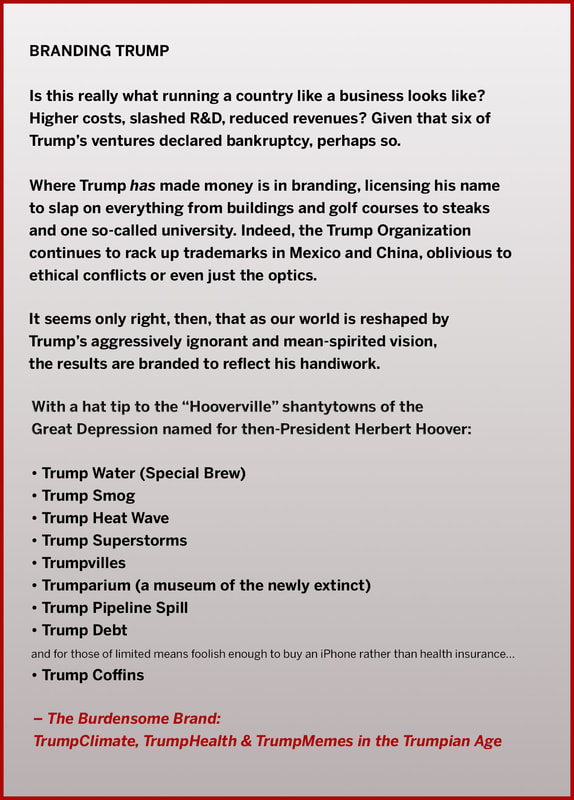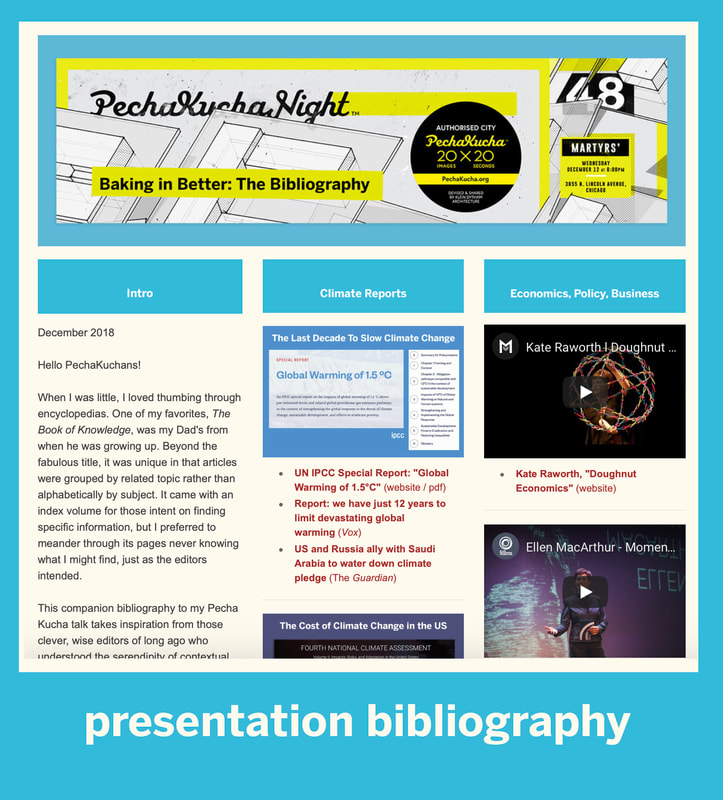I am still with her.
If you have grown numb over the last 18 months, brutalized by endless lies, boundless cruelty, pervasive hypocrisy, special-interest greed and world-class recklessness, listening to Hillary Clinton detail the damage will shock you back to outrage:
"...The attack on the election goes to the real heart of democracy, but we also know they've been probing and gathering information on critical infrastructure: our electric grid, our air traffic system, our water system, nuclear power plants. There are four adversaries when it comes to cyber that we have to worry about: Russia, China, North Korea and Iran. If any one of them gets away with the kind of attack that Russia did, that only empowers them and gives them more reason to keep probing and and possibly damaging or destroying institutions in our economy as well as in government. The great mystery is why the President has not spoken up for our country. And we saw that most clearly in the recent meeting with Putin."
"...If you begin to step backward, you leave a void. It's just natural that somebody's going to fill it. So in Asia, China's filling the void. In Europe, I think our allies are trying to come up with ways relating to one another and figuring out how to deal with their internal problems. So pretty soon we become less relevant and less able to act in our interests...We are losing friends and allies who are worried about what we might do next and we're leaving vacuums for others to fill who may not have any of the same interests and goals that we have."
"...We should be a model of how a big, diverse, pluralistic society thrives together. Our diversity is one of our strongest assets in the 21st century. We have decades and decades and decades of proof that absorbing immigrants, creating opportunities that take advantage of our diversity, opening the doors, changing the Constitution, fighting the Civil War, fighting the Civil Rights movement, the Women's movement, the Gay Rights movement—all of that has been to our advantage. And for those who want turn the clock back on that and say that somehow that has hurt America, they are just not walking around with their eyes open. They are living in a very narrow understanding of what has already made America great. We have everything going for us and I don't want to see us blow it. And that is what I fear right now."
It is gut-wrenching to realize that without Russian handiwork, we would have a different President right now--the one who actually won the popular vote. That President wouldn't have sanctioned the separation of young children from their asylum-seeking parents, started trade wars, undermined long-standing alliances, appeased enemies, rolled back environmental protections, promoted fossil fuels, attacked civil rights and shredded health care—all in a mere 18 months.
It will take decades to undo all the damage wrought by a treasonous, twitterous President, but a Democratic sweep in the mid-term elections could help slow the carnage. Registering to vote is a first step. Voting is the critical step.
RELATED:
If you have grown numb over the last 18 months, brutalized by endless lies, boundless cruelty, pervasive hypocrisy, special-interest greed and world-class recklessness, listening to Hillary Clinton detail the damage will shock you back to outrage:
"...The attack on the election goes to the real heart of democracy, but we also know they've been probing and gathering information on critical infrastructure: our electric grid, our air traffic system, our water system, nuclear power plants. There are four adversaries when it comes to cyber that we have to worry about: Russia, China, North Korea and Iran. If any one of them gets away with the kind of attack that Russia did, that only empowers them and gives them more reason to keep probing and and possibly damaging or destroying institutions in our economy as well as in government. The great mystery is why the President has not spoken up for our country. And we saw that most clearly in the recent meeting with Putin."
"...If you begin to step backward, you leave a void. It's just natural that somebody's going to fill it. So in Asia, China's filling the void. In Europe, I think our allies are trying to come up with ways relating to one another and figuring out how to deal with their internal problems. So pretty soon we become less relevant and less able to act in our interests...We are losing friends and allies who are worried about what we might do next and we're leaving vacuums for others to fill who may not have any of the same interests and goals that we have."
"...We should be a model of how a big, diverse, pluralistic society thrives together. Our diversity is one of our strongest assets in the 21st century. We have decades and decades and decades of proof that absorbing immigrants, creating opportunities that take advantage of our diversity, opening the doors, changing the Constitution, fighting the Civil War, fighting the Civil Rights movement, the Women's movement, the Gay Rights movement—all of that has been to our advantage. And for those who want turn the clock back on that and say that somehow that has hurt America, they are just not walking around with their eyes open. They are living in a very narrow understanding of what has already made America great. We have everything going for us and I don't want to see us blow it. And that is what I fear right now."
It is gut-wrenching to realize that without Russian handiwork, we would have a different President right now--the one who actually won the popular vote. That President wouldn't have sanctioned the separation of young children from their asylum-seeking parents, started trade wars, undermined long-standing alliances, appeased enemies, rolled back environmental protections, promoted fossil fuels, attacked civil rights and shredded health care—all in a mere 18 months.
It will take decades to undo all the damage wrought by a treasonous, twitterous President, but a Democratic sweep in the mid-term elections could help slow the carnage. Registering to vote is a first step. Voting is the critical step.
RELATED:














